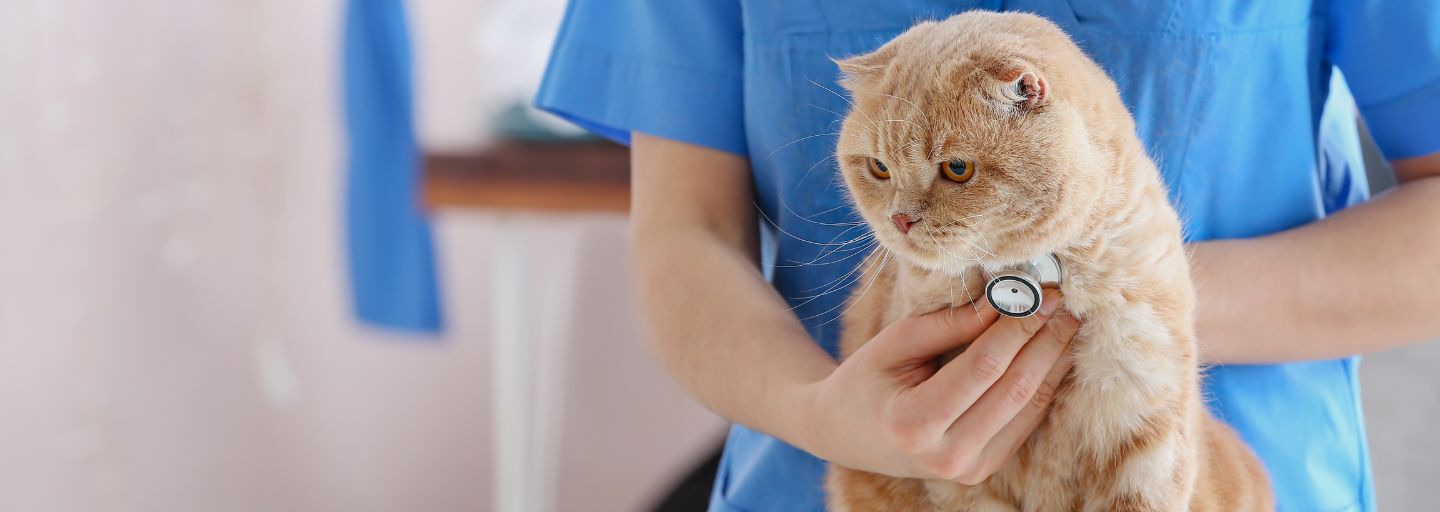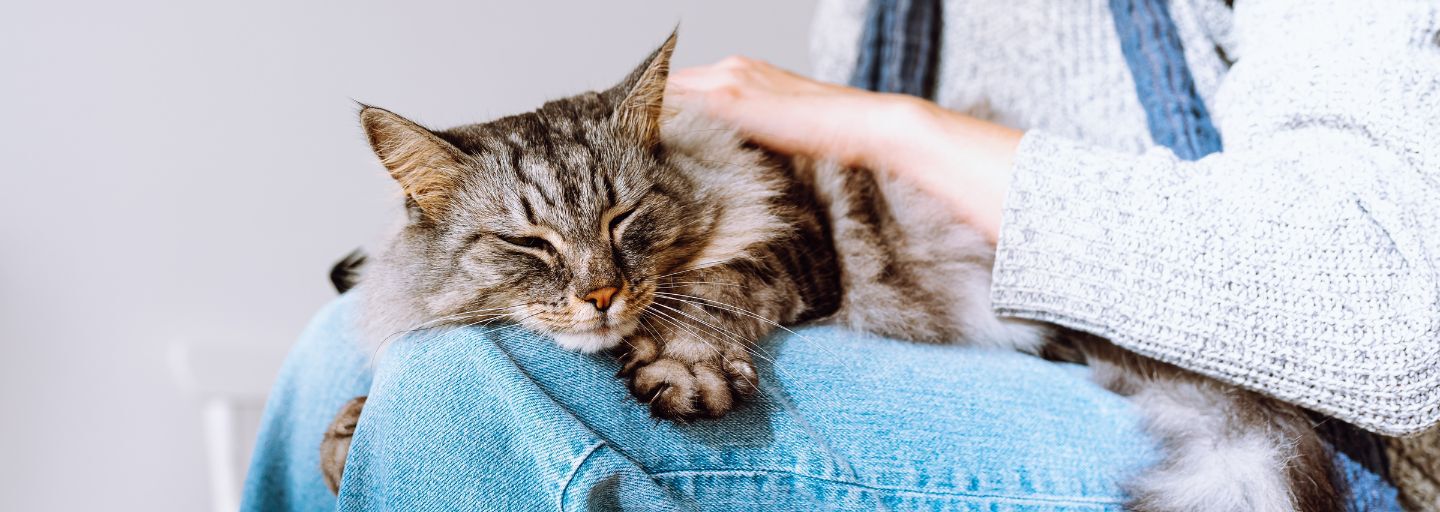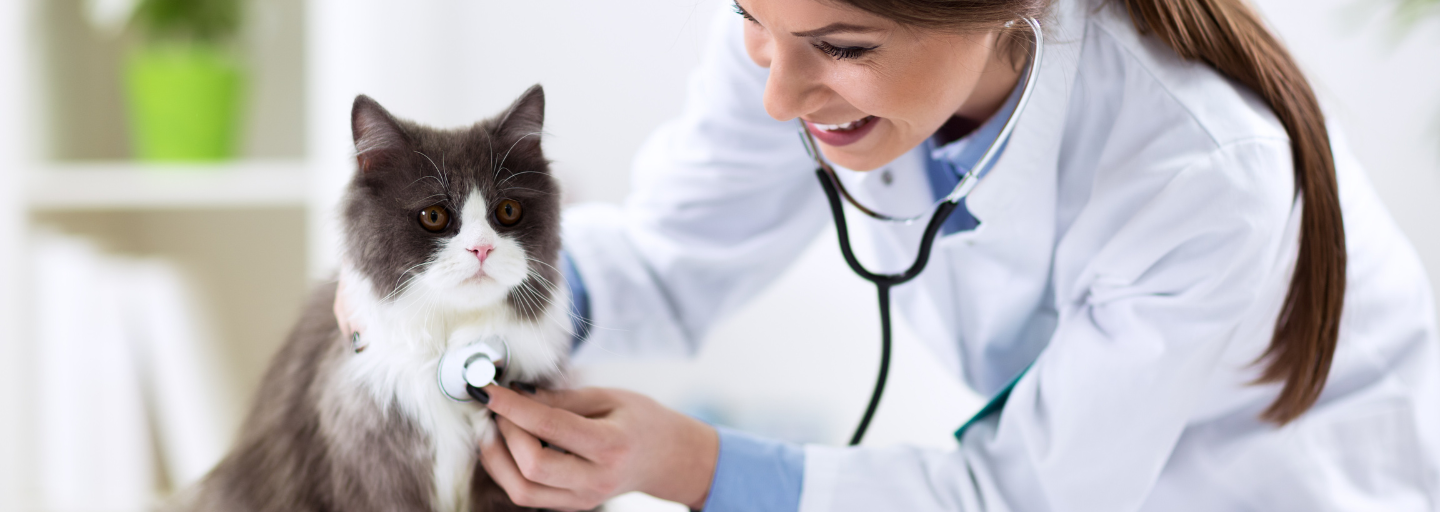As cat owners, we want our feline companions to live long, healthy lives. However, just like humans, cats can be susceptible to various diseases. Understanding the common diseases that affect cats is essential for early detection, timely treatment, and ensuring the well-being of our beloved pets. In this article, we will explore three common diseases found in cats.
Kidney Disease
Kidney disease is a common ailment in cats, especially as they age. Chronic kidney disease (CKD) occurs when the kidneys gradually lose their ability to function properly. Early signs of kidney disease may be subtle, including increased thirst, increased urination, weight loss, and decreased appetite. As the disease progresses, cats may experience vomiting, diarrhea, dehydration, and a decline in overall health.
Diagnosis of kidney disease involves blood tests, urine analysis, and sometimes imaging such as ultrasound. While there is no cure for CKD, early detection and management can help slow the progression of the disease and improve the cat's quality of life. Treatment may involve a combination of dietary changes, fluid therapy, medications, and regular monitoring by a veterinarian.
Diabetes
Diabetes mellitus is a metabolic disorder that affects cats, just as it does humans. It occurs when the body is unable to regulate blood sugar levels properly. Risk factors for diabetes in cats include obesity, a sedentary lifestyle, and a high-carbohydrate diet. Symptoms of diabetes in cats may include increased thirst, increased urination, weight loss, increased appetite, and lethargy.
Diagnosis of diabetes involves blood tests to measure glucose levels. Treatment typically involves insulin injections, dietary changes, weight management, and regular monitoring of blood sugar levels. With proper management, many diabetic cats can lead happy and healthy lives.
Feline Upper Respiratory Infection
Feline upper respiratory infection (URI) is a common viral disease that affects cats of all ages. It is highly contagious and can spread easily in multi-cat households or environments with a high population of cats, such as shelters. The most common viruses responsible for URIs in cats are feline herpesvirus and feline calicivirus.
Symptoms of a feline URI include sneezing, nasal discharge, coughing, watery eyes, and fever. In severe cases, cats may experience loss of appetite and lethargy. Treatment for a URI is typically supportive and may include medications to alleviate symptoms and prevent secondary bacterial infections. Good hygiene practices, such as regular handwashing and keeping infected cats isolated, can help prevent the spread of the disease.
Feline Urinary Tract Disease
Feline urinary tract disease encompasses a range of conditions that affect the urinary system of cats. The most common form is feline lower urinary tract disease (FLUTD), which includes conditions like urinary tract infections, bladder stones, and feline idiopathic cystitis (FIC). FLUTD can cause discomfort and pain for cats and may lead to urinary blockages, especially in male cats.
Symptoms of FLUTD include frequent urination, straining to urinate, blood in the urine, and urinating outside the litter box. Treatment for FLUTD depends on the underlying cause and may involve antibiotics for infections, dietary changes to prevent crystal formation, and stress reduction techniques for FIC. Ensuring that cats have access to fresh water, a clean litter box, and a low-stress environment can help prevent urinary tract issues.
Feline Leukemia Virus
Feline leukemia virus (FeLV) is a contagious viral disease that affects cats worldwide. It is transmitted through close contact with infected cats, such as through mutual grooming, sharing food and water bowls, or biting. FeLV weakens the immune system, making cats more susceptible to other infections and diseases.
Symptoms of FeLV can vary and may include weight loss, poor appetite, lethargy, anemia, and recurring infections. FeLV can lead to various complications, including cancer, anemia, and immunodeficiency. Unfortunately, there is no cure for FeLV, and treatment focuses on managing symptoms and preventing secondary infections. Vaccination and preventing exposure to infected cats are crucial in preventing the spread of FeLV.
Cat Scratch Disease (CSD)
Cat Scratch Disease, also known as Cat Scratch Fever, is a bacterial infection caused by Bartonella henselae. It is primarily transmitted to humans through scratches or bites from infected cats. While cats can carry the bacteria without showing symptoms, they can transmit it to humans through their saliva or by scratching. Symptoms in cats may include fever, swollen lymph nodes, and lethargy.
In humans, Cat Scratch Disease typically presents with a small bump or blister at the site of the scratch or bite, followed by swollen lymph nodes, fatigue, and fever. Most cases of CSD resolve on their own without treatment, but in severe cases, antibiotics may be prescribed. To prevent Cat Scratch Disease, it's important to practice good hygiene, keep your cat's nails trimmed, and avoid rough play that may lead to scratches or bites.
Prevention and Early Detection
Preventing and detecting diseases in cats is crucial for their well-being. Regular veterinary check-ups, vaccinations, and preventive care are essential. Additionally, maintaining a healthy lifestyle for your cat, including a balanced diet, regular exercise, and a stress-free environment, can help reduce the risk of developing certain diseases.
Observing your cat's behaviour and being aware of any changes in appetite, water intake, litter box habits, or overall demeanour is important. If you notice any unusual symptoms or behaviours, it's essential to consult with a veterinarian promptly. Early detection and intervention can often lead to more successful treatment outcomes.
Being aware of common diseases found in cats is vital for their health and longevity. Cat Scratch Disease, kidney disease, and diabetes are just a few examples of the ailments that can affect our feline companions. By practicing preventive care, maintaining a healthy lifestyle, and seeking veterinary attention when needed, we can help ensure that our cats live happy and healthy lives. Remember, your veterinarian is the best resource for guidance and treatment options specific to your cat's individual needs.







